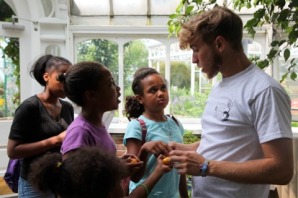Phipps is offering a 12-month Science Education Internship to students interested in gaining experience in youth-focused education and outreach initiatives in the areas of environmental conservation and sustainability, art and science, and healthy living, with the core of building a positive relationship between humanity and the environment. The intern will work closely with Science Education and Research staff and volunteers to a) develop and teach cross-disciplinary, participatory programs including summer camps, out-of-school and weekend programs for youth and families, on-site and off-site school programs, scouts and brownies badge programs, programs for homeschool groups, and outreach for under-resourced youth, b) assist in developing programs that connect youth to environment-focused scientists and provide educational enrichment for formal and informal educators, and c) represent Phipps at community events, online as applicable, present on Phipps’ innovative green initiatives, and other potential duties as needed.
This paid internship commences January 2015, with up to 40 hours/week during the summer months and 15-20 hours/week during the school year. Some evening and weekend work required. The student should be currently enrolled in an undergraduate program at least halfway through the course of study, or one year post-graduate from undergraduate program, or currently enrolled as a graduate student. The degree focus must be in an area related to Phipps’ Science Education and Research department, e.g., environmental education, environmental social sciences, environmental communications, ecological or conservation-based biological sciences, or nutrition and dietetics. A valid driver’s license and a car to use for transport for off-site programs (mileage reimbursed) are preferred. Experience working with youth is a plus.
Application deadline: 12/31/2014. Interested candidates should email a cover letter and resume to hr@phipps.conservatory.org. Please reference SCIENCE EDUCATION INTERNSHIP in the subject line.
The above photos were taken by Science Education staff.




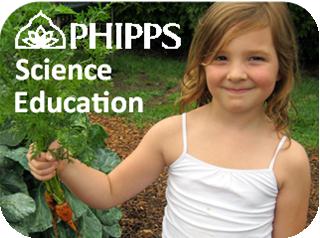








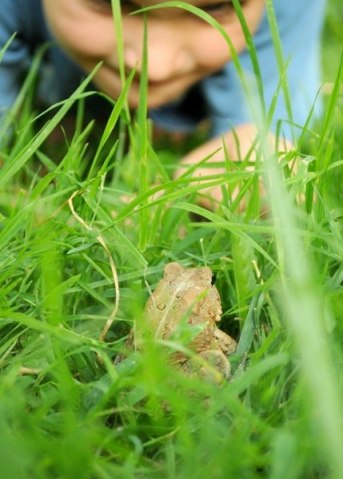
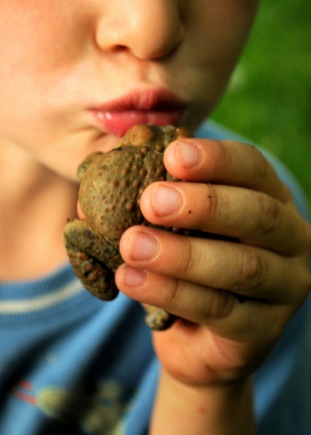
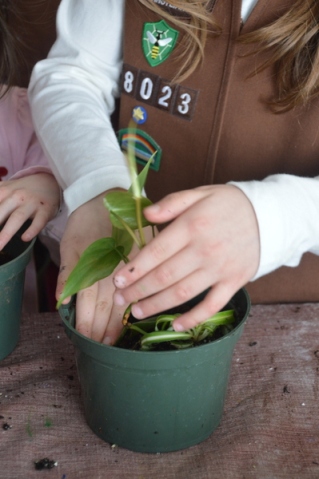
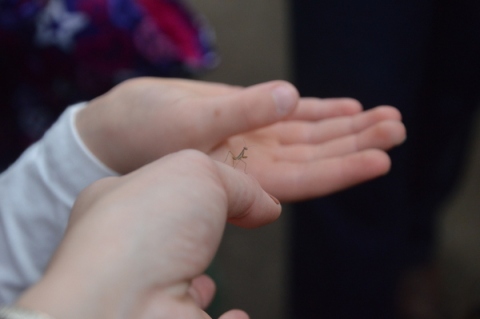
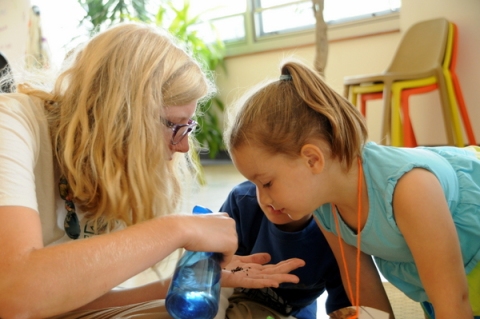
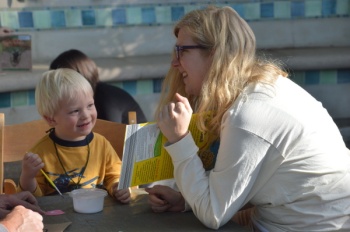
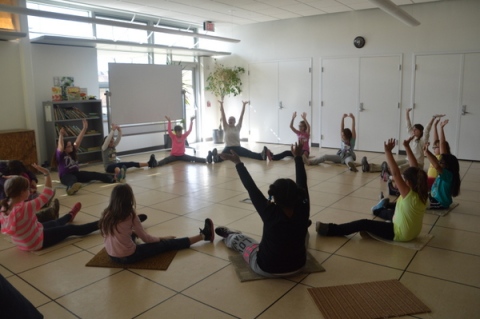

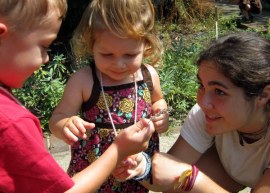
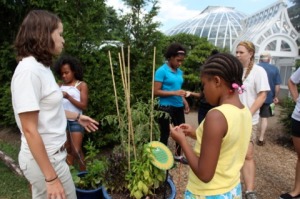 PRINCIPAL DUTIES AND RESPONSIBILITIES: Work closely with Science Education staff and volunteers in various capacities to a) develop and teach cross-disciplinary, participatory programs including: summer camps, afterschool and weekend programs for youth and families, on-site and off-site school programs, scouts and brownies badge programs, programs for homeschool groups, and outreach for under-resourced youth, b) assist in developing programs that connect youth to environment-focused scientists and provide educational enrichment for formal and informal educators, and c) represent Phipps at community events, online as applicable, present on Phipps’ innovative green initiatives, and other potential duties as needed.
PRINCIPAL DUTIES AND RESPONSIBILITIES: Work closely with Science Education staff and volunteers in various capacities to a) develop and teach cross-disciplinary, participatory programs including: summer camps, afterschool and weekend programs for youth and families, on-site and off-site school programs, scouts and brownies badge programs, programs for homeschool groups, and outreach for under-resourced youth, b) assist in developing programs that connect youth to environment-focused scientists and provide educational enrichment for formal and informal educators, and c) represent Phipps at community events, online as applicable, present on Phipps’ innovative green initiatives, and other potential duties as needed.